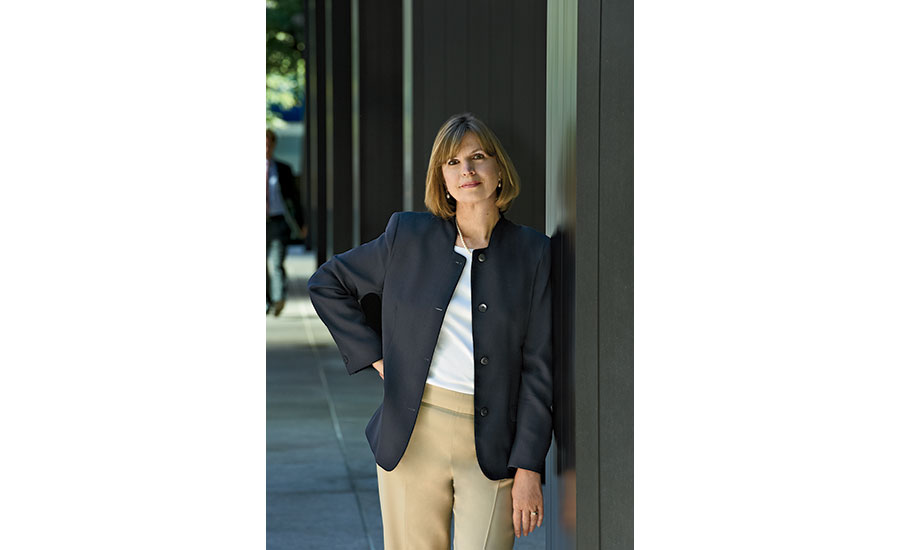For an architect born in the 19th century, Frank Lloyd Wright was modern in ways that still seem surprising. That’s the big takeaway from the new show at the Museum of Modern Art in New York, celebrating the architect’s birth in 1867, Frank Lloyd Wright at 150: Unpacking the Archive. Drawing on the tens of thousands of documents, drawings, and models in the archive that MoMA and Columbia University’s Avery Library acquired together five years ago, this exhibition focuses on the lesser-known Wright—as the architect of an innovative, though never built, school for black children; a low-cost, do-it-yourself system for building affordable houses; a futuristic urban plan for dealing with automobile traffic at grade, while pedestrians strolled on skywalks. And of course, there was his elegantly tapering scheme for the Mile-High skyscraper—an outlandish notion while he was alive but on its way to reality today: Kingdom Tower, by Adrian Smith + Gordon Gill Architecture, under construction in Jeddah, is more than half a mile high, designed to a height of 1 kilometer, and its form owes more than a nod to that earlier fantasy.
Wright was working overtime to be up-to-the-minute—appearing on the new medium of television in his twilight years and repackaging his legacy, according to Kathryn Smith in her book Wright On Exhibit: Frank Lloyd Wright’s Architectural Exhibitions. With the advent of modernism in the U.S., he wanted to be perceived as ahead of the pack. He even had early polychrome renderings, which had an old-fashioned look, redrawn as black-and-white perspectives for a 1930 exhibition to show “he had anticipated the radical forms of European modernism by decades,” says Smith.
Engaging the moment is what serious contemporary architects try to do. Jacques Herzog and Pierre de Meuron, founders of one of the most inventive firms working globally today, have teamed up with Chinese dissident artist Ai Weiwei to create an exhibition in New York called Hansel & Gretel, a comment on the ubiquity of surveillance in our world. However, the show may be more a whiz-bang exploitation of special effects, using digital facial-recognition technology, than a penetrating take on privacy and security.
Surveillance has been around forever, as the exhibition points out, going back at least to the ancient Egyptians. And while Herzog and de Meuron are responding to current political and technological phenomena in Hansel & Gretel, they are also architects who are deeply entwined with history and the passage of time. Nowhere is that more obvious than in the venue for the show itself, the Park Avenue Armory, where they have been the architects for a multiphase, $210 million restoration. Their approach has been to peel away some later modifications to the mammoth 1880 Gothic Revival brick pile but leave others intact to reflect layers of history. Buildings, like technologies, evolve and come to express not only the time in which they were constructed but also register evidence of later occupants and changing uses. In this issue, we celebrate America’s birthday with a diverse selection of new and adapted buildings across the country that meld past and present.
We also examine health-care facilities—a building type that stretches back to the ancient world but one that in our time has often been afflicted by architecture so coldly utilitarian as to be dehumanizing. In the pages ahead, we explore hospitals, a clinic, and a hospice that thoughtfully employ rich materials, color, daylight, greenery, and surprising forms to create places where people can rest, heal, or peacefully end their days.
The words of Ezra Pound to “Make It New!” became a cri de coeur for Modernists in the early 20th century—but the poet meant to reinvent traditional forms, not entirely discard them, something that the modern master Frank Lloyd Wright knew very well.





